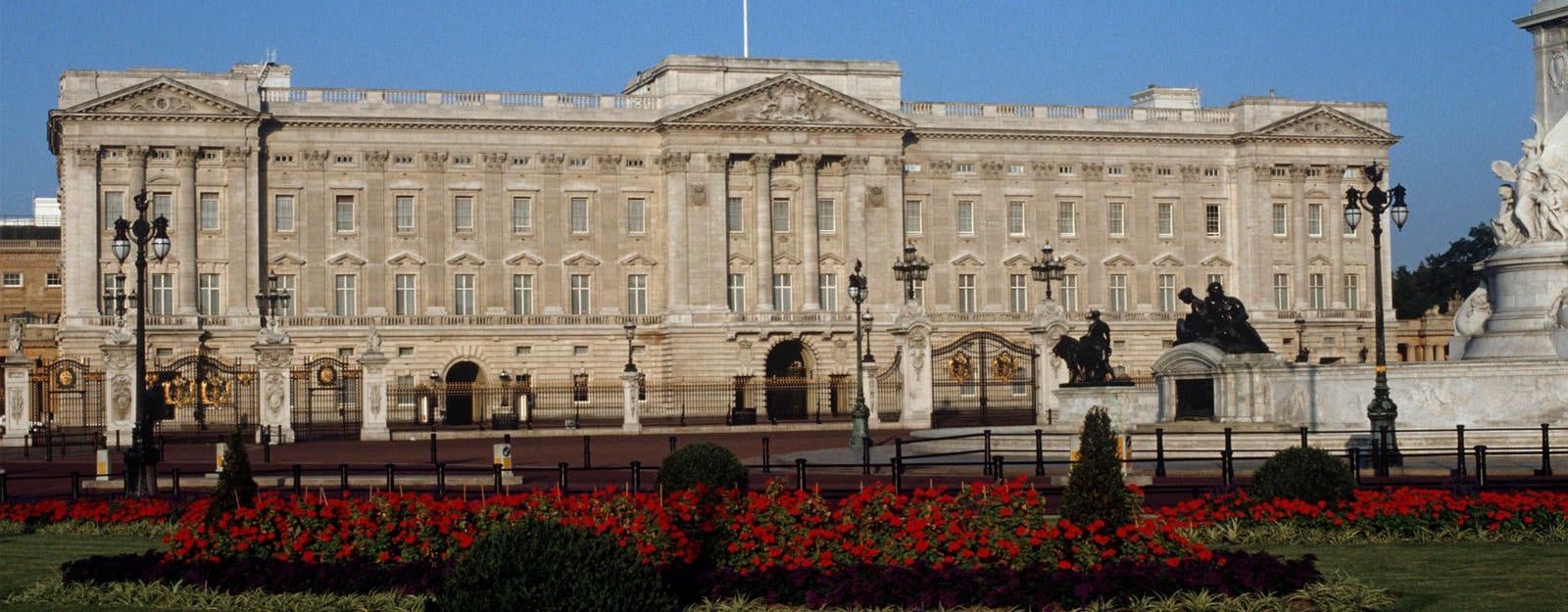The Royal Collection at Buckingham Palace

The State Rooms occupy the heart of Buckingham Palace. These were designed to act as the public rooms in which the Sovereign could receive, reward and entertain subjects and visiting dignitaries. These rooms contain some of the most outstanding works of art in the Royal Collection, providing a permanent and striking backdrop to the events that take place here.
Many of the items found in the State Rooms reflect the tastes of George IV, who acquired and commissioned various pieces, originally intended for his residence at Carlton House. The Green Drawing Room adopts some of the decorative innovations used at Carlton House, with the groups of green Sèvres porcelain arranged to match the wall coverings, while blue Sèvres is used in the Blue Drawing Room.
The White Drawing Room contains a roll-top desk by Riesener, as well as the magnificent gilded piano by Erard, supplied for Queen Victoria. The Picture Gallery, which has acted as the setting for many receptions, contains a magnificent array of paintings by Rubens, Van Dyck and Canaletto amongst others.







